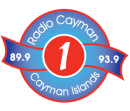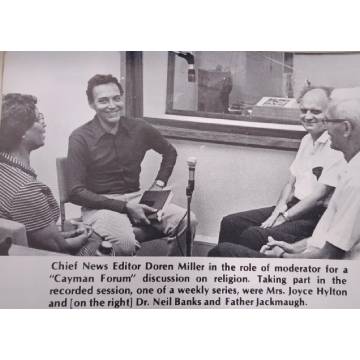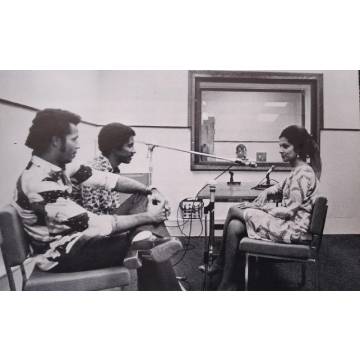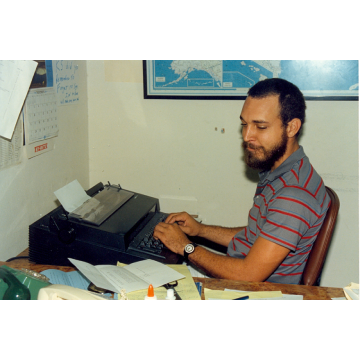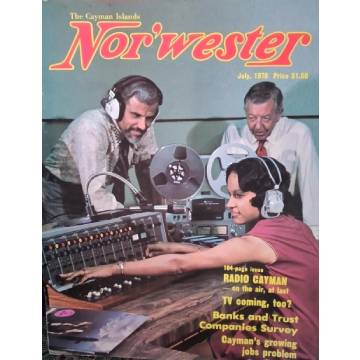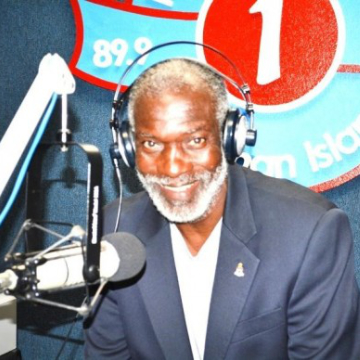News
National Trust and National Gallery Collaborate to Showcase the Beauty of Native Plants

The National Trust for the Cayman Islands and the National Gallery of the Cayman Islands have collaborated with Los Angeles-based film makers David Hartwell and Bill Ferehawk to raise awareness about the beauty and importance of Caymanian plant life. Entitled Homegrown, the series of photographs showcases the native flora of the Cayman Islands and examine their intricacies and wondrous designs up close.
Captured in the summer of 2019 when the visiting artists participated in an international artist-in-residency programme at the Gallery, the ‘plant portraits’ illustrate a visual and compositional economy that is striking and understated in equal measure. Through a laborious process developed over several years, the artists have honed a technique of shooting their subjects on location — in this instance at the Queen Elizabeth II Botanic Park and various venues across Grand Cayman — utilising a portable background and two lightweight LED panels to achieve an astonishing array of optical effects. Drawing out the stark beauty of the thorny shake hand, the alien-like tendrils of the ghost orchid, and the delicately trembling stamens of the ‘raw bones’, the photographers have fashioned a series of plant ‘portraits’ that speak to the uniqueness and individuality of each in turn, while also revealing their wider significance within Caymanian culture.
David Hartwell and Bill Ferehawk both live in Los Angeles and work as commercial artists in the film industry. As fine artists working together, they are known as Collective Artist Collective. Over the past decade, the artists have created numerous pieces and installations, each collaboration part of an ongoing investigation into the ways that places and histories are marked and remembered. Homegrown continues their multi-year conversation about place through a series of large photographic portraits of native and endemic plants of the Cayman Islands. In the artists’ own words:
“Plants are powerful visual markers of a place and a culture. Our interest is in elaborating this connection, drawing upon a long tradition of botanical paintings and photographic images of plants, both from the Cayman Islands and by international photographers, such as Imogen Cunningham, Robert Mapplethorpe, and Edward Weston. Photography is the choreography of known quantities, whose limitations and predictabilities are finely orchestrated, resulting in a representation that never was. The photograph becomes an imperfect witness to events that never truly happened as depicted, but for one exception: in the photographer's mind. As such, the photographs in this series are idiosyncratic visual investigations of the specific plants we encountered. The images magnify our gaze of these plants, first through the instrument of the camera and lens, but also through the complex manipulation of their production and post-production process. The portraits of Homegrown are as much a portrayal of the artist’s conversation about plants of the Cayman Islands as they are a record of the subjects taken.”
The initial residency was designed as a skill sharing project with local interns shadowing the photographers and a series of lectures about their practice during their time on the island. Similarly, the final exhibition, which comprises ten large format photographs with an accompanying short documentary on the unique photographic process that artists have used, provides a platform for a wide-reaching education programme which highlights the fragility of local plant life, within a cultural and historical context. “Now, more than ever, it is vital that we preserve endemic plants to ensure the survival of biodiversity within our natural environment for the betterment of local wildlife, ecologically significant habitats and for future generations”, says Laura Butz, Marketing Manager, National Trust for the Cayman Islands. “The photography featured in the Homegrown exhibition beautifully captures Cayman’s unique native plant species. We are excited about this collaboration with the National Gallery and for the public to visit the exhibit celebrating the richness of our environment.”
The project is the latest in a series of collaborations between the National Trust and the National Gallery designed to raise awareness about the nature environment and the importance of environmental stewardship. The most visible of these projects is the popular Blue Dragon Trail, a public art project featuring large format iguana sculptures painted by local artists that draws attention to the plight of the endangered Blue Iguana.
“The National Gallery is delighted to continue our longstanding partnership with the National Trust and to work with the featured photographers to raise awareness about conservation and stewardship of the natural environment,” says Natalie Urquhart, NGCI Director. “We look forward to the next two months of workshops and panel discussions around this critical topic and to welcoming students from across the Cayman Islands to engage further with the topic through our collaborative school programme.”
A busy schedule of school tours, panels discussions, workshops and community events will support the exhibition, which runs until 19 March at the National Gallery. More information about the line-up is available via www.nationalgallery.org.ky/whatson. This programme is also supported by wider environmental resources and teaching tools which can be requested from the Education Departments of the Gallery and the Trust. To book a school tour, or for more information email education@nationalgallery.org.ky. Admission to the National Gallery and the exhibition is free. In addition to the core teams of the National Trust and the National Gallery, a special thanks is extended to the following people for their assistance with the Homegrown project: Paige Jordison, Joanne Mercille (National Trust Volunteer), John Lawrus and Nick Johnson (QE II Botanic Park), and Ann Stafford.
